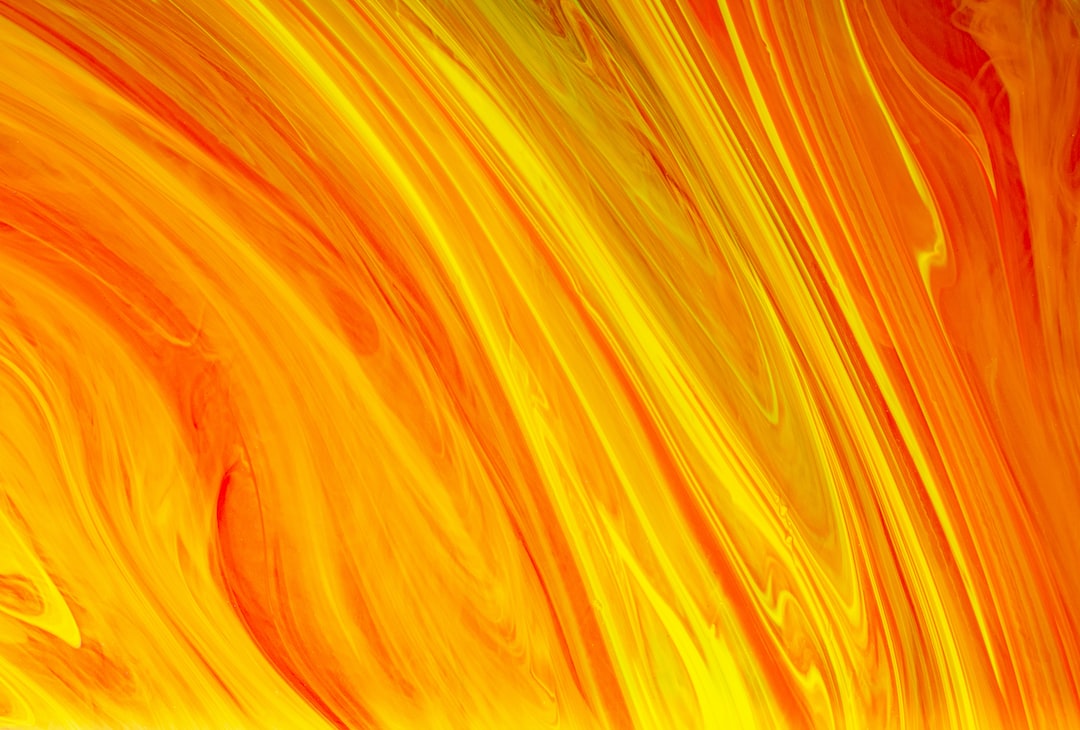Exploring Different Art Movements: Impressionism, Cubism, and beyond
Art movements throughout history have not only shaped the world of art but also had a profound impact on society and culture. Artists use these movements as platforms to express their creativity, communicate their ideas, and challenge traditional norms. Among the plethora of art movements that have shaped the artistic landscape, Impressionism and Cubism stand out as revolutionary and influential movements. In this blog post, we will dive into both of these movements, explore their key characteristics, and touch upon other noteworthy movements that emerged beyond them.
Impressionism, born in the late 19th century, transformed the art scene with its emphasis on capturing the momentary effect of light and movement. The movement was characterized by visible brushstrokes, vibrant colors, and an emphasis on capturing fleeting moments. Artists like Claude Monet, Pierre-Auguste Renoir, and Edgar Degas were some of the key figures who led the Impressionist movement. Through their works, they aimed to depict the ever-changing nature of light and its impact on the perception of the subject. Impressionism challenged the traditional notion of ‘finishing’ a piece and instead focused on the immediacy of the moment.
Moving forward into the early 20th century, Cubism emerged as a radical departure from the traditional forms of art. Pioneered by Pablo Picasso and Georges Braque, Cubism aimed to break down objects and subjects into geometric forms, often with multiple perspectives captured within a single frame. The movement challenged the viewer’s traditional interpretation of art and shifted the focus to the viewer’s experience of perception. Cubism was characterized by its deconstructed forms, fragmented compositions, and a rejection of realistic representation. Picasso’s Les Demoiselles d’Avignon and Braque’s Houses at L’Estaque are some iconic examples of Cubist art.
While Impressionism and Cubism are undoubtedly significant movements in the art world, exploring beyond them opens up a world of diverse and influential movements that have shaped the course of art history.
One such movement is Surrealism, which emerged in the 1920s. Surrealism aimed to release the creative potential of the subconscious mind and explore the irrational and dreamlike aspects of reality. Salvador Dalí, René Magritte, and Max Ernst were influential artists who delved into the world of the surreal. Surrealist artworks often featured bizarre and dreamlike imagery, blurring the line between reality and the imaginary.
Abstract Expressionism also took center stage in the mid-20th century, with artists like Jackson Pollock and Willem de Kooning leading the way. This movement focused on the expressive and spontaneous creation of art, often characterized by large, gestural brushstrokes and a lack of recognizable subject matter. Abstract Expressionism aimed to convey deep emotions and inner experiences, challenging viewers to interpret art without explicit representation.
Moving into the contemporary art scene, we have seen the rise of movements like Pop Art, characterized by the incorporation of popular culture imagery, and Minimalism, which stresses the reduction of form to its bare essentials. Artists like Andy Warhol and Roy Lichtenstein became household names in the Pop Art movement, while Donald Judd and Dan Flavin pioneered Minimalism.
These are only a few examples of the vast array of art movements that have shaped and inspired artists over the years. Each movement represents a departure from the previous one, pushing the boundaries of artistic expression and challenging societal norms. Exploring these movements allows us to appreciate the diversity and evolution of art while gaining deeper insights into the motivations, ideas, and techniques behind each movement.
In conclusion, Impressionism and Cubism, alongside a multitude of other art movements, have played a pivotal role in shaping the art world as we know it. From capturing fleeting moments with vivid brushstrokes to deconstructing subjects and challenging traditional modes of perception, these movements have profoundly influenced artists and viewers alike. Exploring the rich tapestry of art movements beyond these two highlights the ever-changing nature of art and the ongoing drive to push boundaries and express individual creativity.

